how to start writing a song
If you want to see the best songwriting tips in one place, then you'll LOVE this guide.
I give you 103 proven songwriting tips on how to write a song.
And you can filter through the list to find songwriting tips for you.
How to write a song:
– Pick any instrument, the guitar is a good choice.
– Find some music that you listen to and analyze it's structure.
– Start writing your own song.
– Find a simple way to connect the beginning of your song to your analysis of what you've been listening.
– Do not copy your music, be original.
– Listen to the song and notice how it moves, compare it to your analysis.
Let's dive in:
Song Structure
Melody#Melody
Title
Chords
Song Structure
Intro
Theintro is the first part of the song and should be short, concise and catchy.
It's very important to get the listener's attention when they press play to your song, so if your intro is good, you'll get more chances that they'll keep listening to the full piece.
A good intro is usually no more than 10 seconds long, since it doesn't need to be too complicated and overwhelming for the listener. At this point of your song, you're establishing the rhythm, key, melody and tempo.
Here is an excellent example from Katy Perrys ROAR:
https://www.youtube.com/embed/CevxZvSJLk8
Verse
It is the first part of the song where the singing part appears, together with the first line of lyrics.
Here is when your story begins and you need to hook the listener from the start of your song. The verse is your chance to show your message to the audience, so it's a really good moment to let your creativity and inspiration flow.
To point your audience to the chorus in the first two lines of the verse is something that will get the listener wanting to listen longer, since it's in this moment in which you should try to bring out the different emotions present in your lyrics and melody
Pre-chorus
Thepre-chorus appears between the verse and the chorus and is played usually two times during a song. Even if it's an optional part in your song, it is a good chance to build a good 'bridge' between the Verse and the Chorus.
This is an effective way to use a pre-chorus: you can take chord progressions that you already applied either during the verse or the chorus itself, so the listener gets familiar with it. But you can also use this section to experiment and use it as a 'break' in your song. This depends on your personal taste and your style
This is an effective way to use a pre-chorus:
https://www.youtube.com/embed/WA4iX5D9Z64?start=31
Chorus
A chorus is the part of your songs that is the most crucial step you need to put most of your energy in.
Without a chorus that stands out, the listener will get bored and go on to the next song in their playlist.
A traditional song structure that chorus appears at least three times in your song.
If you start writing your chorus, you can adjust the other element in your song much more comfortable.
The chorus is the point where you should put the highest notes.
https://www.youtube.com/embed/iEPTlhBmwRg?start=105
Bridge
The bridge is played after the second chorus and should be something new from the receptive patterns in the verse and chorus.
Here you introduce new elements of instruments, or you reduce the instruments.
https://www.youtube.com/embed/uXyxFMbqKYA?start=214
Middle-eight
Amiddle-eight section is the same as a bridge and has the same function.
You can use a bridge or middle-eight to change the to relative keys from the verses and choruses.
A common way to do this is to arrange your middle-eight with only vocals and/or one solo instrument, so as mentioned before, here you have a chance to change the texture in your song to keep the listener's attention by making it more dynamic
Outro
An outro is something that could be done in many different ways.
The most common outro is to repeat phrases from the chorus melody and give an ending to your song.
A common way to do an outro in the 80s was to fade the volume of the last chorus of the song.
This outro is the best song outro of all times:
https://www.youtube.com/embed/Eyjj8BgsBGU?start=193
Coda
Coda is the part of a song structure that makes it to the end of the song.
A passage that leads the listener to the end part of the song.
Coda is the same name as the outro and has the same function. Coda is a common name in classical music.
https://www.youtube.com/embed/viPLLjpujOU?start=2126
A-B-A-B
The A-B-A-B song structure is one of the most common song structures in Western traditional music. It's very used in pop, rock and blues tunes.
The verse is labelled as 'A', and the Chorus is labelled as 'B'.
So here you'll have basically an alternation between these two sections.
The verse section is usually eight bars long, and the chorus section is between eight and sixteen bars.
The "Before He cheats" By Carrie Underwood has a powerful chorus
https://www.youtube.com/embed/WaSy8yy-mr8?start=39
A-B-A-B-C-B
This one is extremely popular. It's a variation of the verse-chorus model in which you include a 'C' part that corresponds to the Bridge .
So you'll have:
A= Verse.
B= Chorus.
C= Bridge.
As mentioned above on the 'Bridge Section' description, the goal of the C part is to break the repetitive patterns that you already used during the verse and the chorus, in order to make it interesting and keep the listener's attention.
Here is a short bridge example of the song "It's my life" by Bon Jovi
https://www.youtube.com/embed/vx2u5uUu3DE?start=173
A-B-A-B-C-B with pre-chorus.
Here you use a pre-chorus between the verse section of the song to build more tension.
Tention that you release in the chorus of the song.
A perfect way to use a verse, pre-chorus, and a chorus:
https://www.youtube.com/embed/WHuBW3qKm9g?start=9
A-B-A-B-C-B-B
This song structure starts with the verse, and the verse is the A-section.
Then it continues with the chorus that is the B-section.
Then it is a verse, chorus, bridge, and the song ends with a double chorus.
The double end chorus is the difference between the other song structures.
A-A-B-A
The A-A-B-A song structure is typical in country music where the song starts with two verses, and then a chorus and the song ends with the verse.
The verse section is the central theme, and the B-section is more like a bridge in an A-B-A-B-C-B song structure.
Yesterday by The Beatles is written in the A-A-B-A song structure:
https://www.youtube.com/embed/wXTJBr9tt8Q?start=25
A-A-A
In this verse song structure, we got no choruses.
The challenge is to have an arrangement that is compelling to the listener.
In Bob Dylan's song "Blowing in the Wind," we can hear how he master this song structure perfectly.
https://www.youtube.com/embed/MMFj8uDubsE?start=25
ABA
You start with the verse section of the song and play a chorus section and ends the song with a verse section of your song.
This is a typical structure in classical music.
ABABCAB
A use full song structure where you can have one more chance to play the verse section before the last chorus of the song.
Tina Turner does this so well in "What's love got to do with it?":
https://www.youtube.com/embed/oGpFcHTxjZs?start=25
ABABCBAB
What is different from this song structure is the ending of the song. After the bridge the chorus plays, and here is the main difference in the song structure.
When the third chorus has ended a new verse section appears before the fourth and final chorus.
In the song "Every Rose Has His Thorn" by Poison they do exactly this at the ending of the song.
Listen to that part of the song:
https://www.youtube.com/embed/yJw2qd3MtqE?start=195
ABABCABCAB
In this song structure, the bridge is played two times in the same song.
The song starts with a verse, chorus, verse, chorus, and a bridge. After the first bridge a new verse section appears and after that verse, the third chorus.
After the third chorus, the second bridge plays.
After the second bridge, a new verse and the whole song ends with the fourth chorus.
This is an unusual song structure and can be found in the song "It's Still Rock and Roll to Me" By Billy Joel:
https://www.youtube.com/embed/5eAQa4MOGkE?start=194
32-bar form
The A-A-B-A song structure can also be called a 32 bar form.
It has it's beginning with two verses and have a chorus section and it ends with the main theme of the verse melody.
"Over The Rainbow" from the musical, the Wizard of Oz has the 32-bar song form:
https://www.youtube.com/embed/PSZxmZmBfnU
12-bar Blues
The twelve-bar blues is the song structure many guitarists start playing when the learn to play guitar.
The whole song structure has twelve bars that repeat itself over and over again.
A common chord progression is E-Major, A-Major, and B-Major.
The E-major is played four bars, the A-major, four bars. Then B-Major that is played for one bar, followed by A-major in one bar.
Then back to E-major for two bars.
In the song "Pride and Joy" By Stevie Ray Vaughan this is repeated:
https://www.youtube.com/embed/Chk4tCMRBxk?start=195
Melody
Phrase
A melody phrase is a group of notes that works well together, an idea that has pauses between them.
If we take the song "Yesterday" by the Beatles as an example:
"Yesterday, all my troubles seem so far away"
That is the first phrase of that melody and the song continues with the second phrase:
"Now it looks as though they're here to stay"
And the third phrase:
"Oh, I believe in yesterday"
Motif
A motif is a short musical idea, shorter than the phrase that is explained in the example above. A motif is a short piece or a figure of music that you expand to a melody.
The motif appears repeated times in a song.
I explain the difference in this video:
https://www.youtube.com/embed/9AbfXWMvocw?start=27
Hook
The hook is exactly what it says, it wants to hook the listener to listen to your melodies longer.
A hook is often played in the chorus of the song.
it can also be an instrumental part that is part of the hook.
In the ABBA Song "Dancing Queen" we can hear the hook in multiple places.
https://www.youtube.com/embed/xFrGuyw1V8s
Pitch
When we sing we often talk about if you are singing in tune or not. The pitch of the melody is how high or low the frequency of the melody is.
If the pitch is higher up in the scale, the faster The frequencies sound.
Lead
The lead melody is often used in instrumental parts of the song.
In the EDM genre, it is referred to as the drop of the song.
The lead melody is the central part of many songs.
Head
Thehead in a piece of music is its main theme. This part often appears during the first and most important section of a song and develops over time.
The termhead in a song is very common in jazz (where this section adopts a more innovative meaning and function); although it can be also found in classical music, and it usually refers to a thematic and prominent melody.
Rhythm
Therhythm is the element in music that places the sounds in time, in an organic al logical structure. It is a movement marked by a regular succession of elements, normally presented as an alternation of strong and weak elements. About 80% of the melody it's all about therhythm.
Theme
Atheme is the main musical structure in which a composition is built, and it's usually a recognizable melody or rhythm, which can be easily identified by the listener.
Polyphone
Apolyphonic sound would be the opposite of having a monophonic sound, so it consists of two, three or more voices sounding at the same time, all of them with independent melodies but all of them harmonizing.
Fugue
Afugue is a very common structure that was very used during the Baroque era, especially by its master, Johan Sebastian Bach. It consists in a contrapuntal technique in which a main theme or subject is introduced and then repeated/developed during the whole piece, usually in an imitation form.
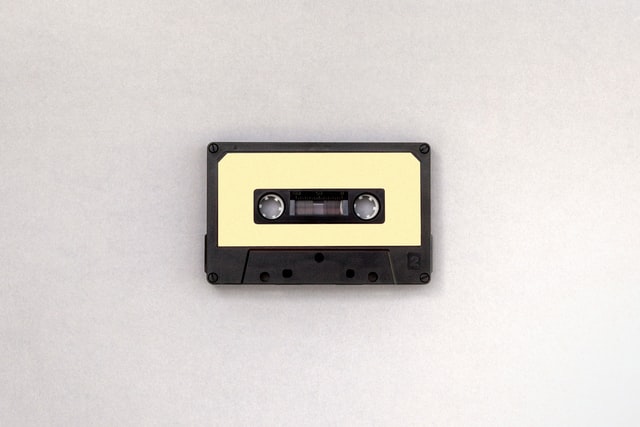
Counterpoint
Thecounterpoint is the art of combining different musical ideas in a composition. That's how Western musical practice normally works.
Hook
Thehook is that part of the song that catches the ear of the listener and makes the song memorable.
Pattern
Apattern in music can refer to a specific structure or format, or also can be used to label a single attribute such as rhythm, frequency, range, etc.
Pentatonic scale
A pentatonic scaleis a musical scale that contains five notes per octave.
For instance, a pentatonic scale could be something like this: C-D-E-G-A.
Chromatic scale
Achromatic scale is a musical scale that contains 12 pitches, all of them with a semitone distance. This scale covers all the available pitches used in Western music.
Major scale
A Major scaleis one of the most common ones in Western music. It's made up of seven notes, all of them with one-tone distance between them except for III-IV and VII-VIII.
Minor scale
A minor scaleis usually built on the VII degree of its relative Major scale (mentioned above). It also contains seven notes. For instance, if we have a C Major scale, the relative minor scale would be A minor (VII degree).
Intervals
Aninterval is the distance between two notes or pitches, and can be seen as melodic, harmonic or linear (for instance depending if you see aninterval inside a chord or a melody, it would have different positions, but can be seen as aninterval anyway).
Perfect unison
A perfect unisonrefers to two or more notes that are separated by an octave interval.
Minor second
A minor secondusually occurs in a Major scale between the III-IV, and the VII-VIII grades. It can be also called a semitone.
Major second
A Major secondis an interval that contains two semitones (a double of the minor second), so that's why normally is called a 'whole tone'.
Minor third
A minor third is an interval that contains three semitones, so a whole tone + a semitone, like C-Eb.
Major third
Amajor third is an interval that contains four semitones, so two whole tones together, like C-E.
Perfect fourth
Aperfect fourth is an interval that contains five semitones. So for instance: C-F.
Perfect fifth
A perfect fifthis an interval that contains seven semitones, and includes the distance between the first and fifth note of the scale. For instance, C-G is a perfect fifth.
Minor sixth
Aminor sixth consists of eight semitones, and it includes the first six notes of the scale. For instance: C-Ab.
Major sixth
Amajor sixth consists of nine semitones, also including the first six notes of the scale, like for instance C-A .
Minor seventh
Aminor seventh is an interval that includes the distance between the first and the 7th grade of the scale, and it contains ten semitones. An example would be C-Ab.
Major seventh
A major seventhincludes eleven semitones, including as well the first seven notes of the scale, for instance C-B.
Perfect octave
Aperfect octave is an interval between the same pitch, but doubling its frequency (can be higher or lower), for instance C-C.
Lyrics
When you write the lyrics for your song, you'll need to keep some things in mind to help you get the best result. The following definitions might help you out:

Rhyme scheme
Is the pattern of rhymes at the end of each line of a song.
Usually, the letters used at the end of the words in the sentence show the rhyme in the song or poem.
Internal rhymes
These kinds of rhymes happen in the middle of the sentence, and not at the end like the ones mentioned before.
Rhymes can be combined indifferent structures, like:
ABAB
ABAB: considering the first sentence as A and the second as B, this is a simple alternation of the two endings.
AAAA
AAAA: This one will consist of a repetition of the A sentence, ending all of them in the same rhyme.
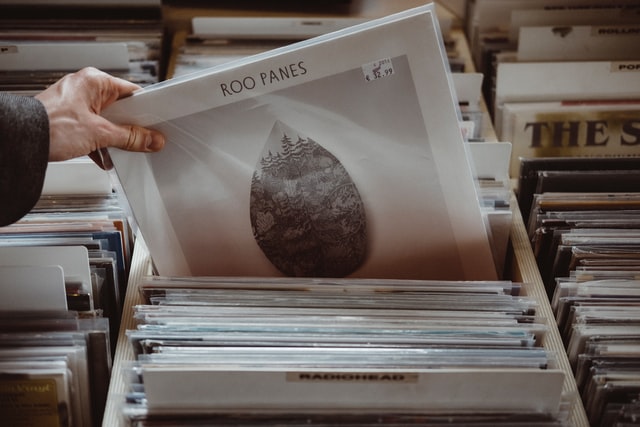
AABB
AABB: This one puts together two A sentences plus two more B sentences,
ABC
ABC: Here the sentences end up each one in a way, but this can be repeated again, so ABC+ABC, obviously A will rhyme with A, B with B, and C with C.
ABA
ABA: In this one you have two sentences that rhyme (A) and one in between that makes the difference (B).
ABABBCBC
ABABBCBC: This one consists in a combination between 3 sentences with different ending rhymes that are alternated as shown.
AA BB CC
AA BB CC: Here the sentences are put in pairs of two, so three different ones grouped and doubled in three different sections.
Monorhyme
Amonorhyme is a song or entire poem that has the same end rhyme in all its sentences.
Couplet rhyme
Acouplet rhyme consists of two successive lines that have the same ending.
Enclosed rhyme
An enclosed rhymeusually follows a ABBA scheme, so the first and last sentence have the same ending, alternated with the other two in the middle.
Simple four-line rhyme
A simple four-line rhymeusually consists of a four sentence structure, normally following an AABB format.
Triplet
The triplet is a structure that usually features three lines or sections, like ABC.
Terza rima
A terza rima consists of an unlimited number of sentences, but following this chain format: ABA BCB CDC DED.
Limerick
Alimerick is a comical and popular form, usually consisting of five sentences, all of them with a similar rhyme, in order to make it easy to memorize.
Villanelle
Avillanelle is a poem or song made out of five tercets (3 sentence verse) plus a quatrain (4 sentences verse).
To conclude, some last advice would be to look at existing songs and pay attention to the structure and lyrics, so you can compare with different kinds of text.
If you decide to use rhyme, it's very important that you end up including rhymes with a reason, and of course keeping music in mind. The lyrics should flow as much as possible with the melody, and don't be afraid to rewrite sometimes, if that helps the music!
Title
Choosing a title for your song can sometimes be a difficult task. It is good to have a title book at your disposal, so you can write the ideas that are popping up on your head.
Limit yourself
Limit yourself to a short but clear title, and don't be afraid of taking inspiration from Tv series, movie posters, magazines, and so on.
Don't forget that you can hook the listener with a good title.
Hook the listener
Everything starts before the listener has started the song.
You have to have a strong title if you are going to get a play.
Tv-Series
One exercise is to listen to words and phrases when you watch your favorite tv-show.
Write them down and save to later.
Magazines
When you look at headlines, you can use structures and phrases for your song titles. Analyze why some headlines struck your attention.
Movie posters
To get your title ideas from a movie poster can help you a lot when you get stuck.
To check out old and new movies is a gold mine.
Timer
Set a timer to 20 minutes and write down as many titles you possibly can under those 20 minutes.
You can use the titles you have collected.
A perfect way to get going with your songwriting process.
Start With The Chorus
You can also get it from your chorus section, since for sure it's going to be the climax point of the song, and probably what people will remember the most.
Theme
During your song theme, limit yourself to a simple chord progression, especially at the beginning of your songwriting life. You can also try to use three-note motifs that usually work very well. Also it's nice if you can choose four chords and work with them at the beginning.
Change Key
Remember that if you change key during your chorus, your song will sound more interesting and dynamic, so don't hesitate in trying modulations to the relative key or depending on your style, go for a crazy harmonic break.
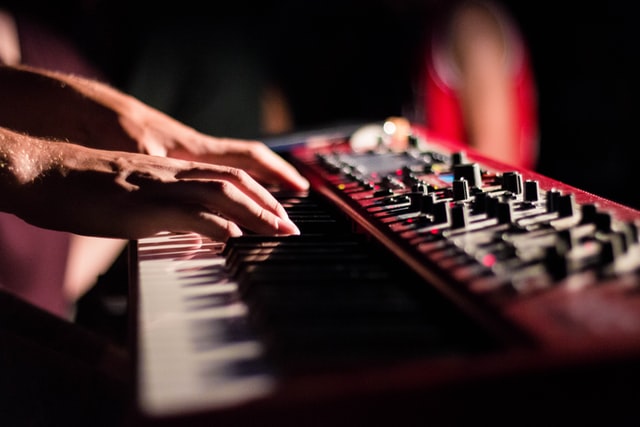
Transpose
If you're a piano player, you can transpose easily and harmonize all your voices on it.
The piano usually gives you a very clear overview of the harmony, sometimes better than a guitar, depending on your skills.
Copy others
And of course, don't be afraid to copy (with the purpose of learning) and be inspired by your favorite artists!
Title in end
A common way in the country genre is to put your title at the end of the chorus of the song.
That gives a powerful conclusion and a solution to the story.
Thesaurus
To find words and phrases in a dictionary is a way to get similar words to the most common ones.
Title in Verse
Title in the verse is something that is uncommon but yet so effective. Try to place your songs title in the verse section.
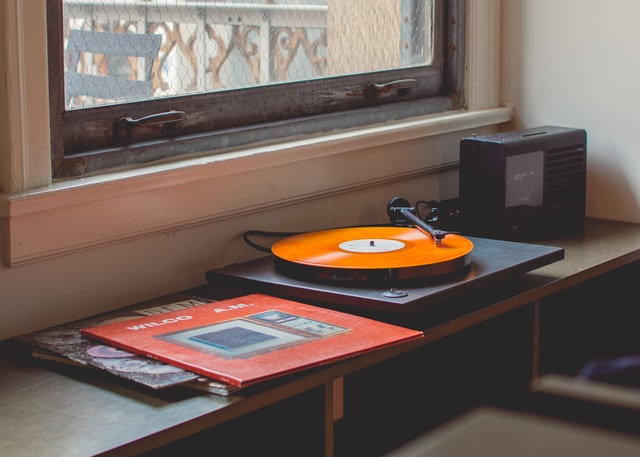
One word titles
Many songs have just one word as a title. A powerful way to get the listeners attention.
Title in the middle & End
You place the title in the middle of the chorus and at the end of the chorus.
Title at chorus start
You place the title at the start of the chorus to get the listeners attention.
Number title
Use a number in the title is eye-catching and get the attention in a crowded playlist. Try to use odd numbers in your song title.
Chords
Four chord songs
The Australian band Axes of awesome made a viral success with their video that illustrates that millions of songs uses the same four chords in their songs.
If you think about that the next time you start writing a song, you won't be bothered about what chords to chose.
Here is the link to The four chord song:
https://www.youtube.com/embed/5pidokakU4I
Three notes
A major and minor chords uses only three notes. In a c major chord you use the notes C – E – G, to accomplish a C major.
The C is the First, the E is the third, and the G is the fifth note in the scale.
Use the first, third and fifth note to build you major and minor chords.
Be inspired
Be inspired and copy your favorite songs chords. As you see in the first example, the same four chords is used in millions of songs.
So why can't you be inspired and write with the same four chords as your favorite song.
I V Vi IV
Roman numerals represent scale degrees in a key the
This chord progression is C- G – AM – F
The thing you have to know is the key that you started your song in.
I IV V
This chord progression is C – F – G if the song is played in c major scale
Circle of fifths
Simple chords
Use only simple chords when you want to get started with your song.
To be to complex when you write is something that can block you from your songs progression.
Use the same four chords in your song and let the melody do the work.
Limit yourself
Try to limit yourself to use the same four chords from start to end when you write a song.
That will challenge you to write better melodies since you can't rely on a chord change to spice your melody up.
New key
Try to write in a new key that you haven't written in before.
When I write I tend to write my songs in C major because it's way to play on a guitar.
But the problem is that it's easy to get stuck in the same route as the last song.
Try a new key in your next song.
A key change in the chorus
You can always change key in the chorus of your song to get a lot of energy in your chorus.
If you start your song in C major and change the key to D major in the chorus, you will hook the listener until the end of the song.
Try to find the root note
If you want to figure out the chords to your favorite song. You want to find the root note to figure out what key the song uses.
A pro tip is to listen to the chorus first since it's almost always starts on the root note.
Capo
To use a capo in your guitar is a great thing of you want to try to write in a new key, but play in the old key.
When you use a capo you lower or raise the key if your song. And the best part is that you can play the same chords on your guitar.
Transpose on Piano
If you are insecure about how to play in a new key on a pioano, you can always use the transpose button on your piano to change the key on your song.
This is something I often use.
Don't be afraid to copy
Don't be adfraid to copy other songs chords if you get stuck.
Because you can get so many new ideas to listen and use the same four chords as other songs.
And chord progression is something that is the lest important in a song.
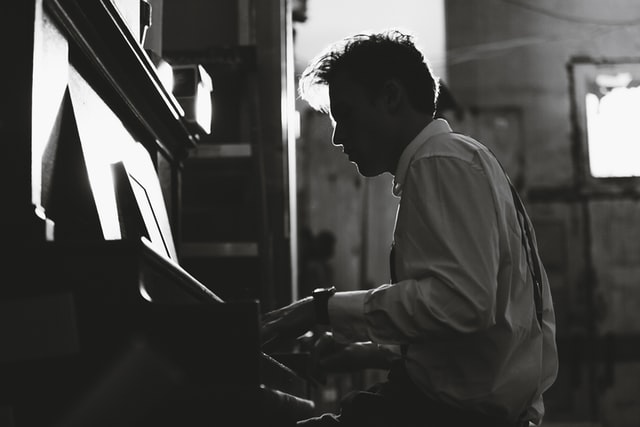
Same four chords
Have you tried to write a song with the same four chords?
Try to challenge yourself with using the same four chords in your song.
Sharp
A raise in pitch by a half step. For example C to C#.
A flat is mentioned with a #.
Tonic
The first note or the root note of a chord.
Comment below if you feel that something is should be added To the list.
how to start writing a song
Source: https://musicnerdrevolution.com/103-ways-on-how-to-write-a-song/
Posted by: kempclumse.blogspot.com

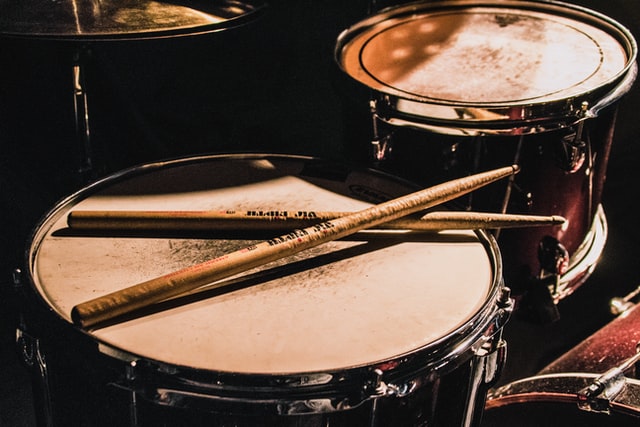
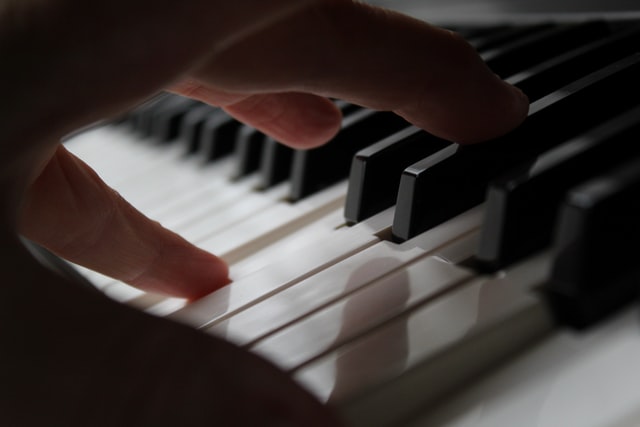
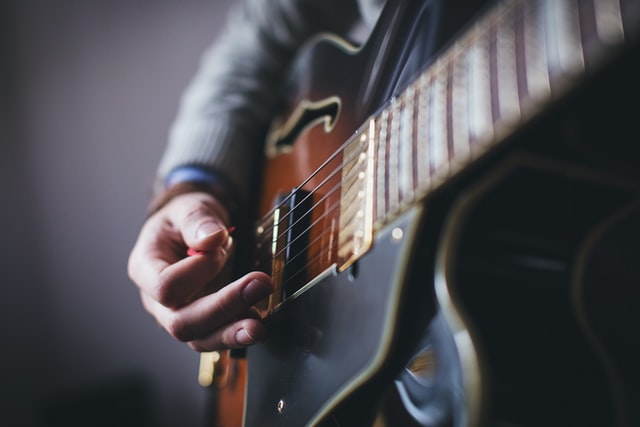

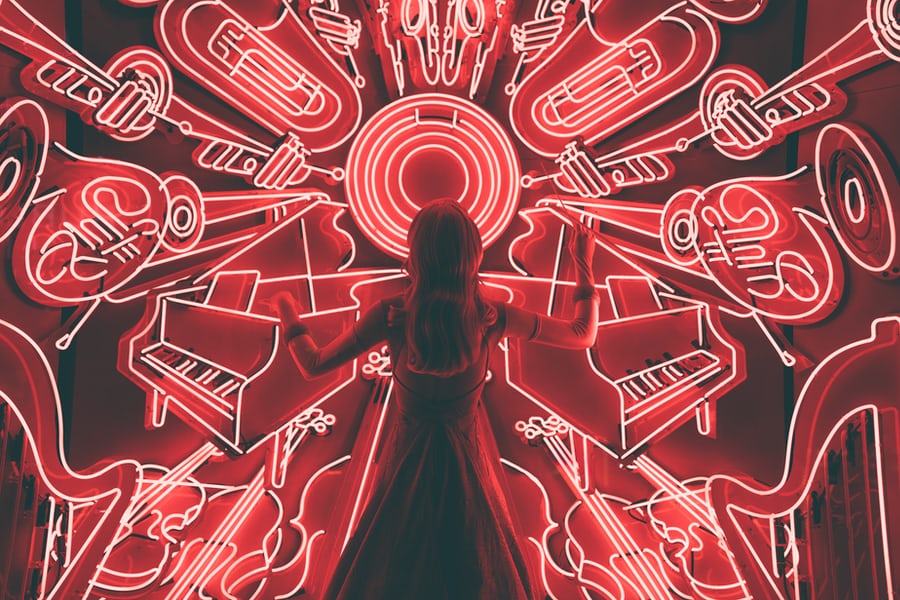
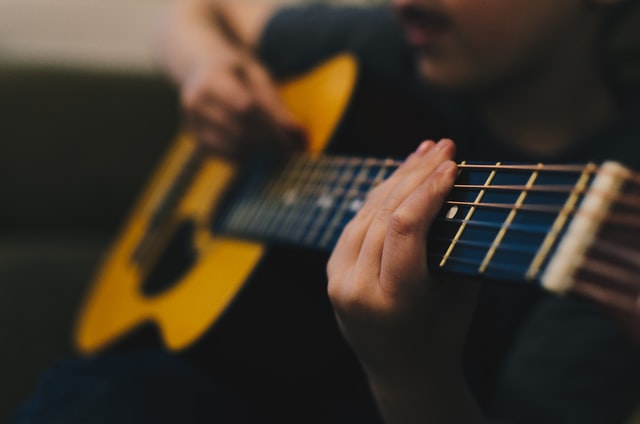
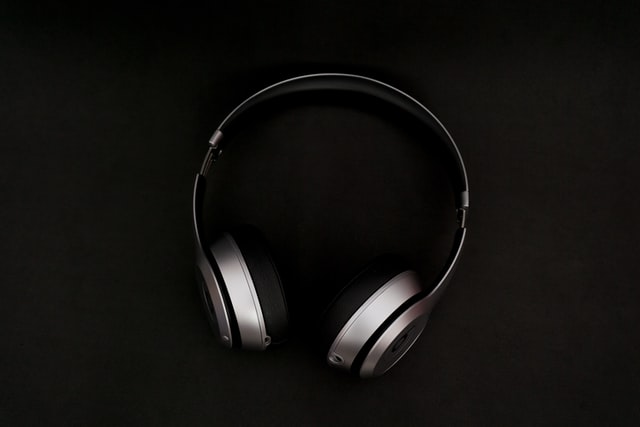

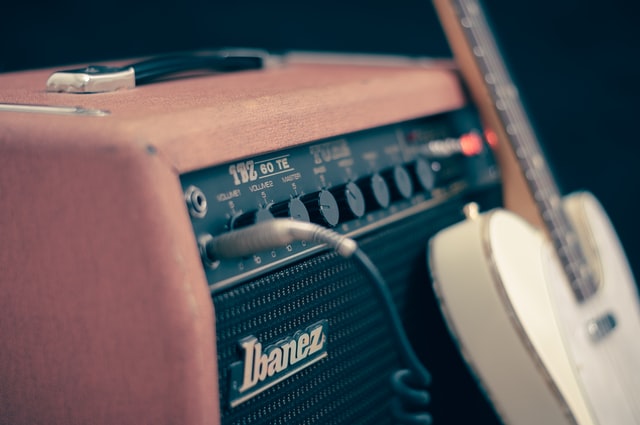
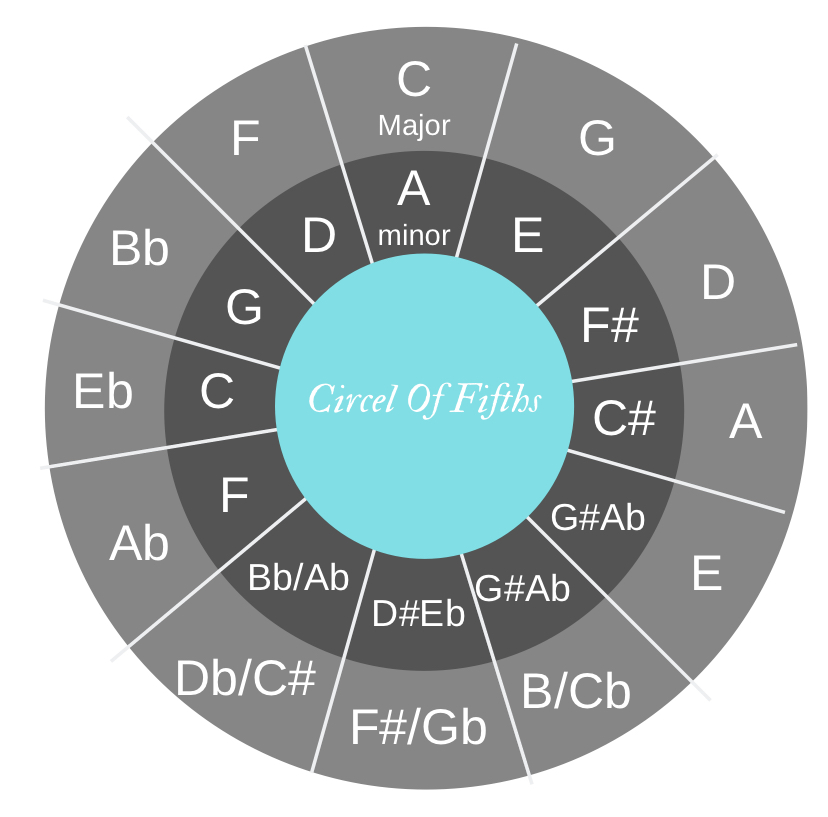
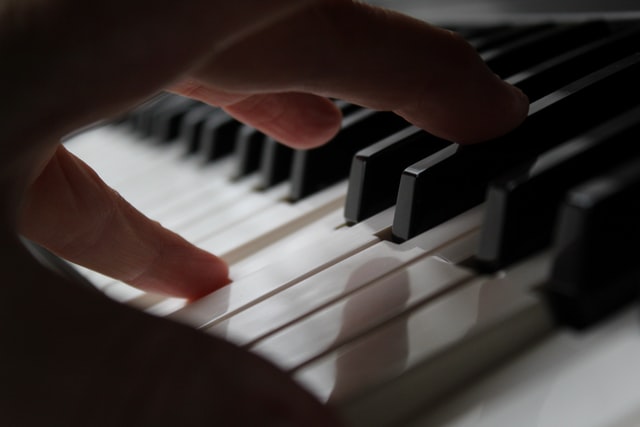
0 Response to "how to start writing a song"
Post a Comment